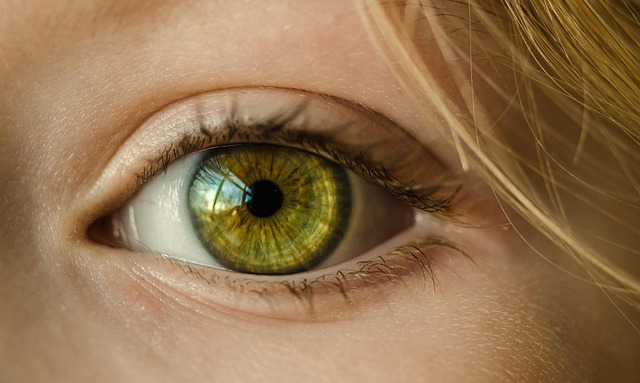When one thinks of theater, the mind often conjures images of stage lights, actors, and a scripted narrative. Yet, within the world of visual arts, a dynamic intersection exists where canvas becomes stage, and the painted image participates in a live dialogue. This blend of static brushwork and performative intent is what we call theatrical painting—a genre that transforms the act of painting itself into a spectacle that engages viewers as active participants. By weaving narrative elements, dramatic gestures, and an awareness of audience perception, artists elevate the canvas from mere representation to a living, breathing performance.
Defining Theatrical Painting
Theatrical painting is not simply an exhibition of colors; it is an intentional presentation of the creative process as a performative event. Artists invite spectators into the studio, guiding them through stages of conception, sketch, underpainting, and final touches. The process becomes a staged sequence, complete with dramatic pauses, lighting changes, and even dialogue between artist and audience. In this context, the canvas is both the stage and the script, the brushstroke a prop, and the artist a director orchestrating a visual drama that unfolds in real time.
Historical Roots of Theatrical Canvas
Although the term “theatrical painting” is modern, its lineage can be traced back to the Baroque period, when painters like Caravaggio infused dramatic lighting and motion into still subjects. Later, the Romantic movement embraced the idea of the artist as a narrator, while the Impressionists staged fleeting moments of everyday life. In the 20th century, performance artists such as Yves Klein and the later Arte Povera movement explicitly merged canvas with live action, blurring the line between visual art and theater. These historical precedents provide a foundation for today’s artists who treat painting as an ongoing performance.
Key Techniques in Theatrical Painting
Theatrical painters employ a toolkit that extends beyond traditional techniques. They use layered glazing to create depth that changes under shifting lights, and they incorporate mixed media—such as silk, paper, or found objects—to add tactile drama. The process often involves staged movements: the artist might pause to describe a particular brushstroke, or even narrate the evolution of a color palette. Such practices invite viewers to witness the evolution of the artwork, turning passive observation into an interactive narrative experience.
Composition as Stage Direction
Composition in theatrical painting is approached like stage direction. The placement of figures, the flow of lines, and the use of negative space guide the viewer’s eye in a choreographed path. Artists often use a dynamic foreground that invites audience interaction, while background elements hint at unseen stages or scenes. This intentional design creates a sense of movement and tension, as if the viewer is watching a play unfold across the canvas, with each brushstroke acting as an actor’s entrance or exit.
Lighting and Color: Enhancing the Drama
Just as a stage’s lighting can alter a scene’s mood, theatrical painters manipulate light to add theatricality to their work. They may use reflective surfaces or chiaroscuro techniques to create shifting shadows, giving the painting a dynamic quality that changes with the viewer’s perspective. Color palettes are chosen for their emotive potential; bold reds might signify passion, while muted blues evoke melancholy. The strategic use of color and illumination turns the canvas into a living tableau that reacts to the environment, amplifying the performative aspect.
Engagement with the Audience
Audience participation is central to theatrical painting. Some artists conduct live sessions where the public can touch or suggest colors, effectively becoming co-creators. Others may present their work in interactive galleries that respond to movement or sound, turning the viewing space into a stage where the audience is part of the performance. This engagement dissolves the traditional barrier between artist and spectator, fostering a shared creative experience that is both visual and experiential.
Contemporary Examples of Theatrical Canvas
Modern artists such as Kehinde Wiley and Jordan Casteel bring theatricality to portraiture by incorporating staged lighting and dramatic backdrops. In mixed media, painters like Julie Mehretu perform rapid, sweeping gestures that mimic theatrical choreography, while also inviting viewers to trace the narrative layers. Performance artists such as Marina Abramović have integrated canvas into live acts, where the artwork itself becomes part of a larger theatrical narrative, complete with audience interaction and temporal unfolding.
Cross-Disciplinary Collaborations
Many theatrical painters collaborate with theater directors, choreographers, and musicians to create multidisciplinary performances. A painter might set a canvas as a backdrop for a dance piece, while the painting’s evolving strokes echo the dancers’ movements. Similarly, some artists partner with musicians to synchronize brushwork with live soundscapes, creating an immersive synesthetic experience where sight and hearing merge into a unified performance.
Educational Implications
In educational settings, theatrical painting offers a novel way to teach art theory, color science, and composition. By observing the performative process, students gain insight into the decision-making behind each brushstroke. The interactive nature encourages critical thinking and hands-on experimentation. Educators can use staged painting sessions to demonstrate how lighting, color, and composition affect mood, thereby bridging the gap between technical skill and expressive storytelling.
Future Directions and Innovations
Looking ahead, the integration of technology—such as augmented reality and kinetic canvases—promises to expand theatrical painting’s possibilities. Artists can now layer digital elements onto physical canvases, allowing interactive projections that respond to audience movement. Additionally, sustainable materials and virtual performances may broaden access, enabling more people to experience theatrical painting beyond traditional gallery spaces.
Conclusion
Theatrical painting redefines the canvas as a living stage where visual art and performance converge. By foregrounding the creative process, manipulating light and color, and engaging audiences in shared narratives, artists transform passive observation into an active, dynamic experience. This vibrant discipline invites viewers to step into the artist’s studio, to witness brushstrokes as actors, and to participate in an unfolding story. As technology and interdisciplinary collaborations continue to evolve, theatrical painting stands poised to inspire new generations of artists and audiences alike, proving that the canvas can indeed be a true stage for artistic expression.



